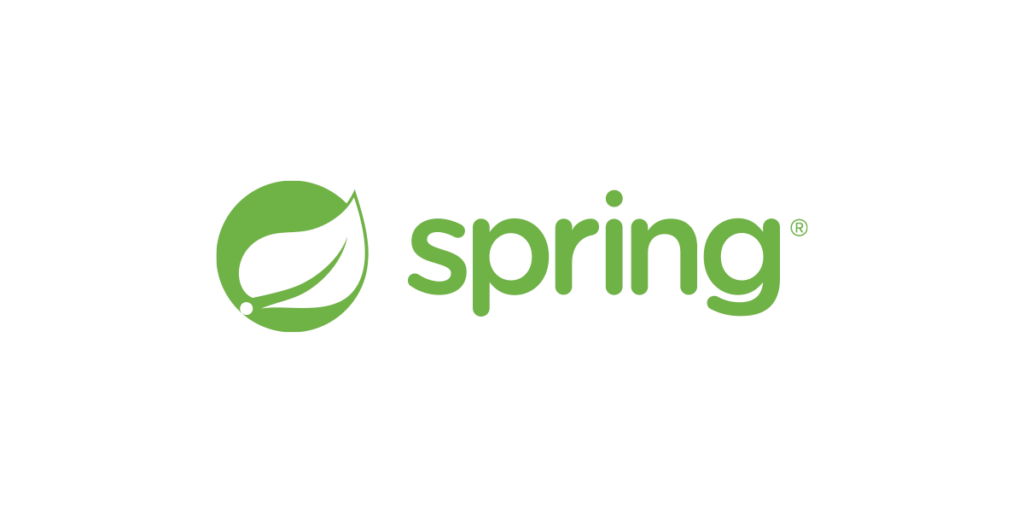
API Development with Java Spring Boot
Technology provides the robust frameworks and tools, such as Java and Spring Boot, that are essential for efficient and scalable API development. Spring Boot simplifies the process of building production-ready applications with minimal configuration, while Java offers a mature and widely adopted platform for enterprise-level development. Modern IDEs and build tools further enhance the developer experience, enabling faster development cycles and easier management of dependencies. Ultimately, technology empowers developers to create powerful and well-structured APIs.
The key topics to learn in API Development using Java Spring Boot are:
- Java Fundamentals: Core concepts of the Java programming language.
- Spring Framework Basics: Understanding Dependency Injection, Inversion of Control, and the core modules of Spring.
- Spring Boot Fundamentals: Auto-configuration, Actuator, and building standalone applications.
- RESTful API Concepts: Understanding HTTP methods, status codes, and designing resource-oriented APIs.
- Building RESTful APIs with Spring Boot: Creating controllers, handling requests and responses, and working with JSON.
- Data Persistence with Spring Data JPA: Interacting with databases using the Java Persistence API.
- API Security: Implementing authentication (e.g., OAuth 2.0) and authorization mechanisms.
- API Documentation (Swagger/OpenAPI): Generating and understanding API documentation.
- Testing APIs: Writing unit and integration tests for API endpoints.
- Advanced Spring Boot Features: Actuators, profiles, asynchronous programming, and microservices integration.
Industry Use Cases:
- E-commerce: Enabling communication between web storefronts, mobile apps, and backend systems for product catalogs, orders, and payments.
- Social Media Platforms: Providing interfaces for third-party applications to access user data, post content, and integrate with platform features.
- Cloud Services: Exposing functionalities of cloud platforms (e.g., AWS, Azure, GCP) for resource management and service integration.
- Financial Services: Enabling secure data exchange between different financial institutions and applications.
- IoT (Internet of Things): Facilitating communication between devices and central platforms for data collection and control.
